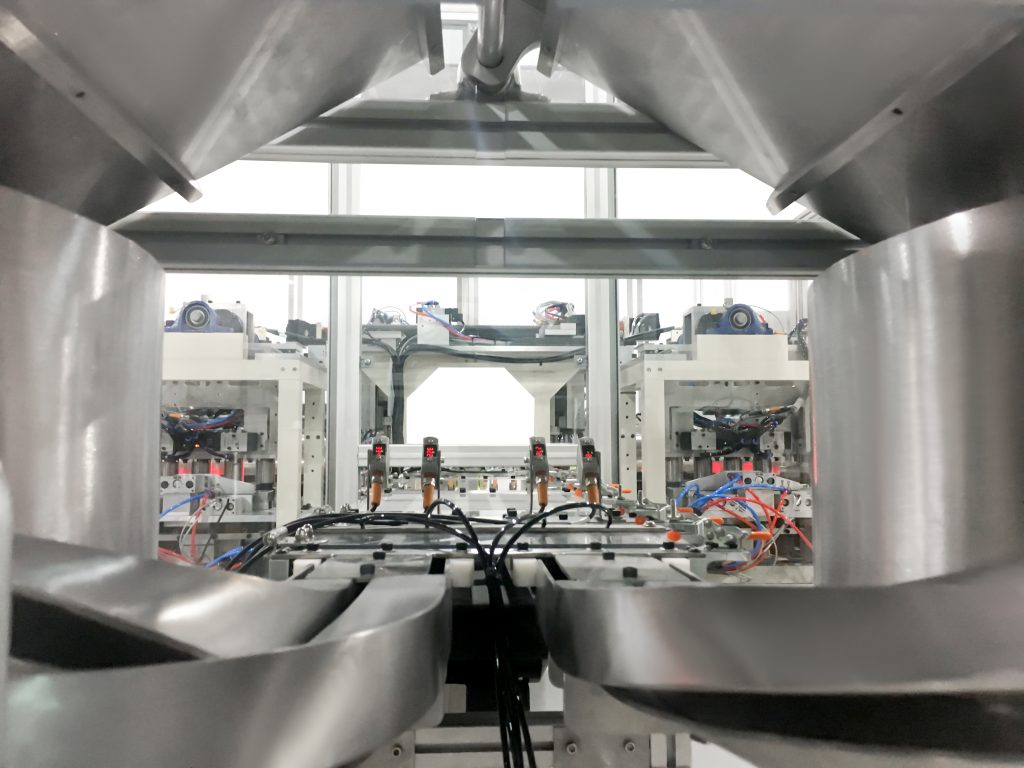Maintenance programs ensure the proper operation of your equipment without failure or unplanned shutdown. Preventive maintenance encompasses routine processes to ensure optimal equipment functioning. Conversely, reactive maintenance involves — as the name states — a reaction to a problem as it occurs. While some degree of reactive maintenance may be required, prudent planning can minimize the need for reactive measures. Poor or no planning results in missing maintenance intervals, which degrade equipment value and utility.
People and processes are the two critical success factors for your plan production, so an equipment maintenance process should begin with a high-performance team.
HOW TO BUILD A HIGH-PERFORMANCE MAINTENANCE TEAM
Building a maintenance team can be a long journey. As soon as possible, you should implement a dedicated team that understands the essential role of the maintenance department in executing the business strategy and achieving operational performance and safety objectives.
If not possible, we would recommend having at least the following profiles working together:
- Technical team
An electromechanic on-site would be ideal because they can handle the electrical and mechanical sections of your equipment. They will understand the automation of assembly parts and will be better able to respond quickly in case of breakdown or a need for troubleshooting.
- Procurement management team
Simplify the parts purchasing process and speed up maintenance-related procurement by creating documents dedicated to the purchase of critical items and a purchase order for all parts required for rapid response. The maintenance department should manage these functions.
10 STEPS TO CREATE AN EFFECTIVE PREVENTIVE MAINTENANCE SYSTEM
1. Start by creating a maintenance type for each equipment and establish how to optimize it.
For each machine:
-
- Analyze applicable maintenance types
-
- List existing techniques, qualified subcontractors and instrumentation
-
- Estimate maintenance costs and compare to potential benefits
-
- Analyze feasibility according to available resources.
2. Identify the tasks to be performed in preventive maintenance for each equipment.
Group them into action sections per cycle/calendar/ shift, and establish daily routines.
3. Keep a history of repairs by developing documents (i.e., forms) to manage interventions in the manner of a work order.
4. Identify cost and labor cost data to establish the repair record.
Compile data on response times and impact on production.
5. Create a master equipment file that lists all the critical data used by your organization and external stakeholders.
List essential parts and potential suppliers, incorporate photos and equipment development diagrams, and detail security information.
6. Choose the equipment that will be the subject of a preventative maintenance program.
Establish equipment selection criteria based on its importance and select a limited number of people to test and implement the preventive maintenance system.
7. Establish the required workloads for each daily preventive maintenance routine.
Create an annual calendar by taking into account working days, holidays, and vacations, and plan the various monthly or yearly maintenance routines according to the needs of the production.
8. Ensure the availability of ‘must-have’ parts to be kept in stock in the inventory and create a precise and easy to access catalog of parts in stock.
9. Evaluate the effectiveness of this program and adjust as needed.
Check response reports, compile repair history sheets, confirm availability of maintenance equipment, adjust maintenance intervals as required, and compile and evaluate results using reports, indices, and ratios.
10. Always install your equipment indoors, with a temperature of 10 ° C to 38 ° C and relative humidity of 30% to 80%.
Sprayed oxidants should be kept to a minimum, as they can cause rust on machine parts that are not made of stainless steel. Adequate lighting and a work area will facilitate the operation and maintenance of the equipment. The machine does not require any foundation or particular floor. A typical concrete factory floor is adequate because the machine is designed with leveling feet.
PROACTIVITY
Whatever your desire for preventive maintenance implementation within your team, a willingness to be proactive, rather than reactive, is needed to achieve the best results. Beyond an evolution in its corporate culture, it is mainly about anticipating needs and risks through a high-performance plan.
Today, there is a wealth of professionals and tools to put in place an effective preventive maintenance strategy. Do not hesitate to contact your equipment manufacturer to guide you if you need it. Our experience confirms that with sound risk management, your equipment will benefit from reduced downtime, increased production, reduced backlogs, and a safer workplace.
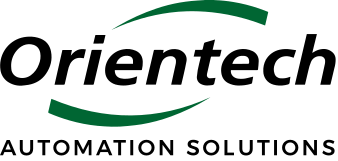
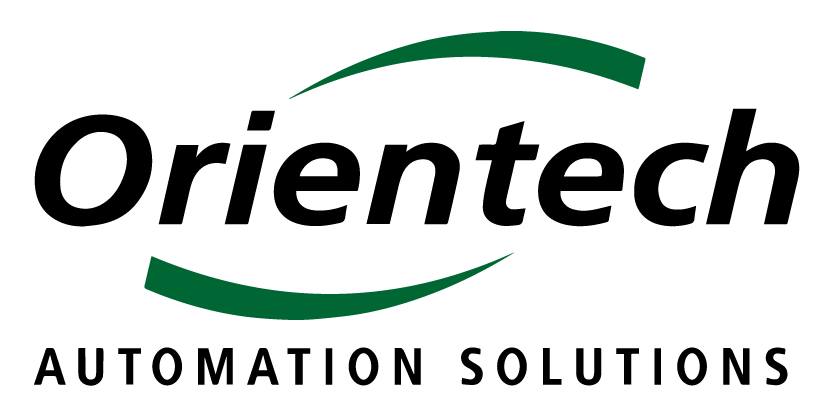
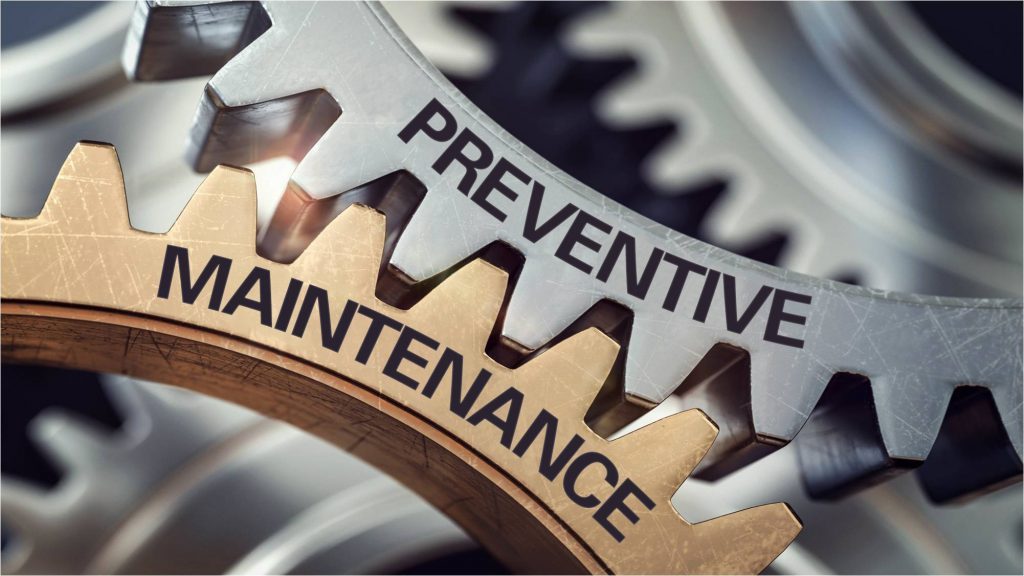
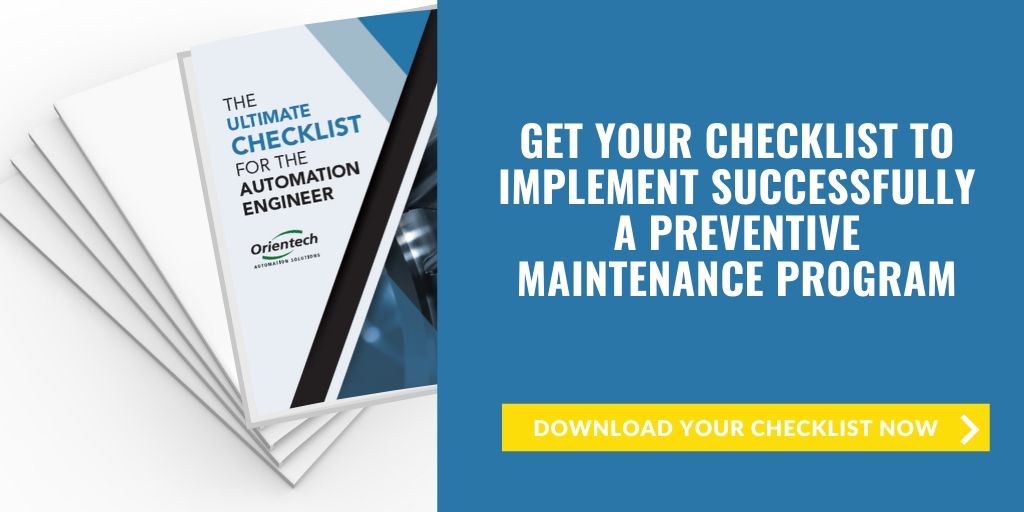
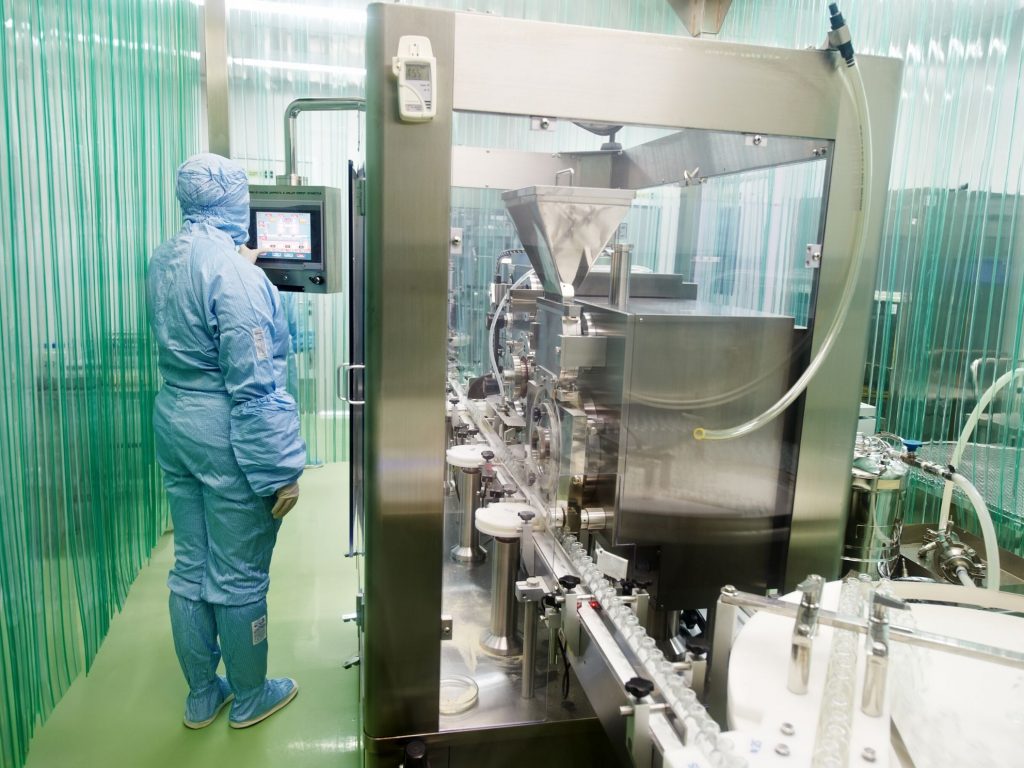
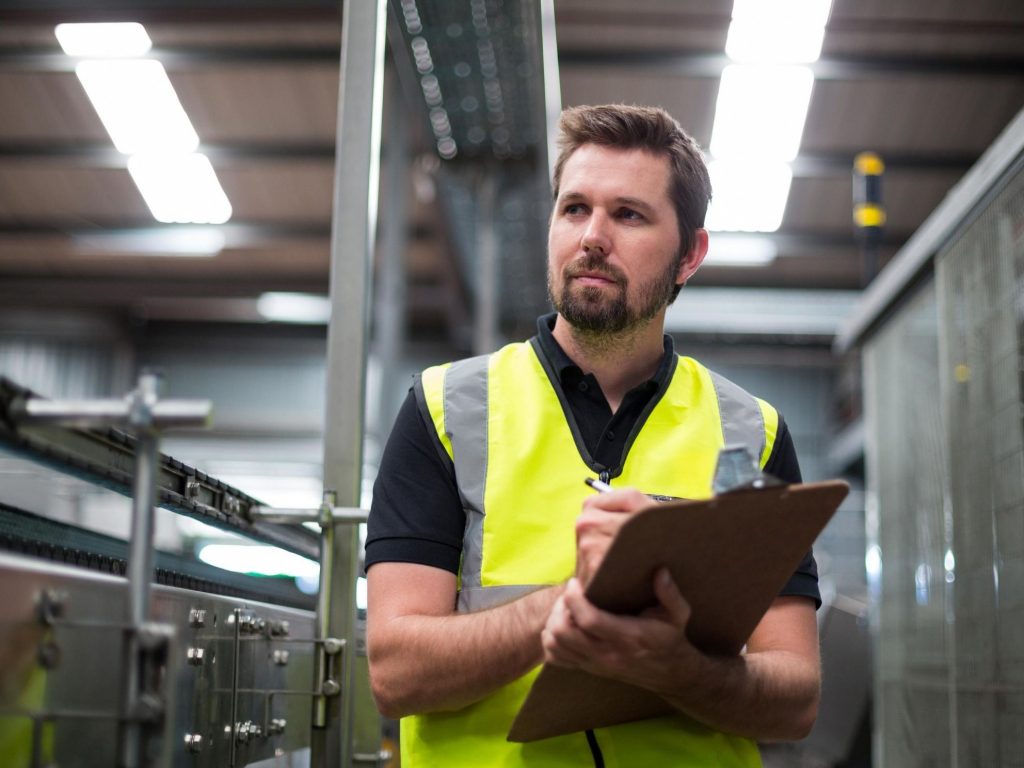

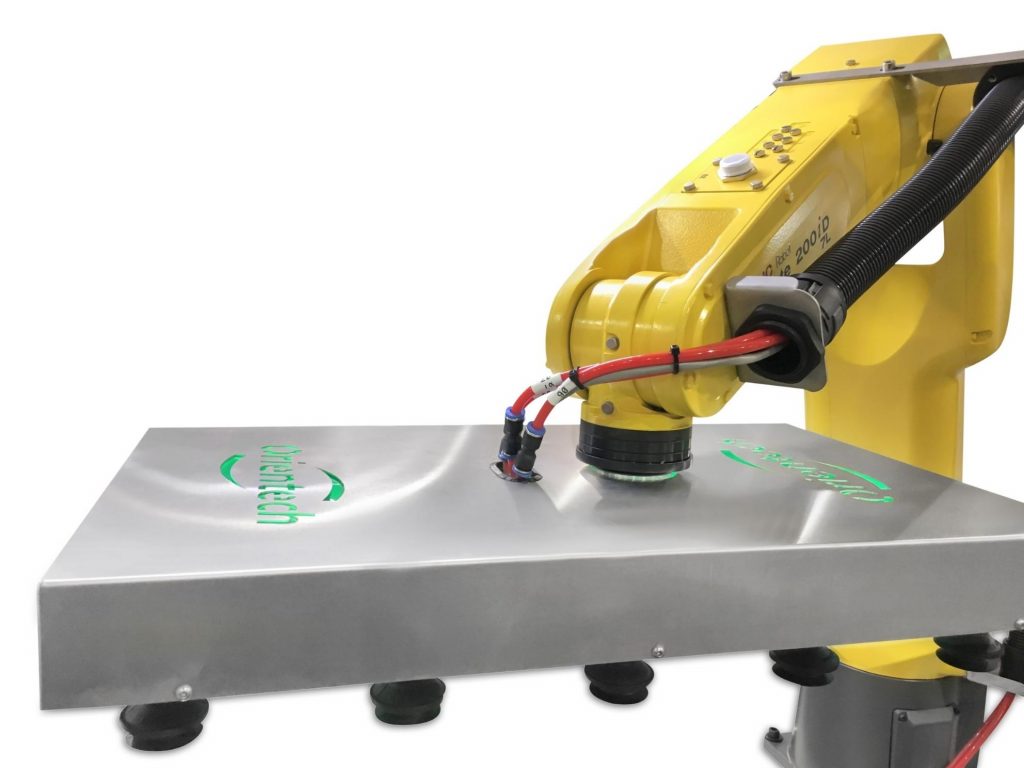

.jpg?width=1400&name=Monochromatic%20Photo%20Yellow%20Typography%20Linkedin%20Banner%20(1).jpg)

